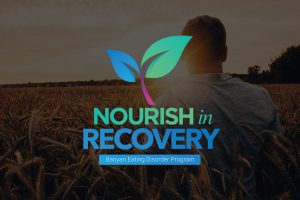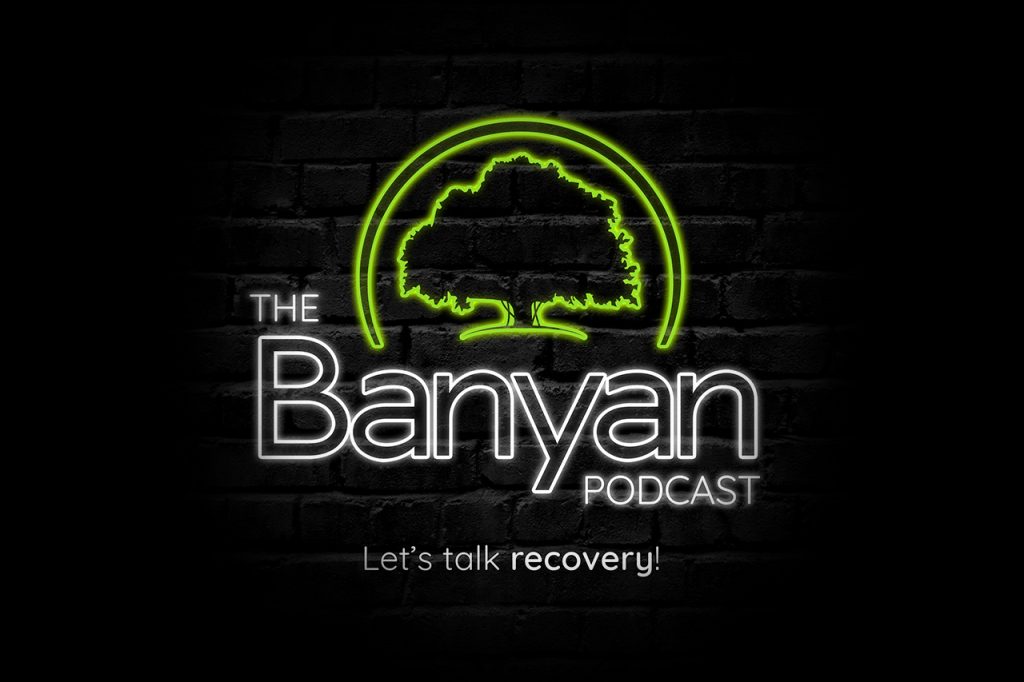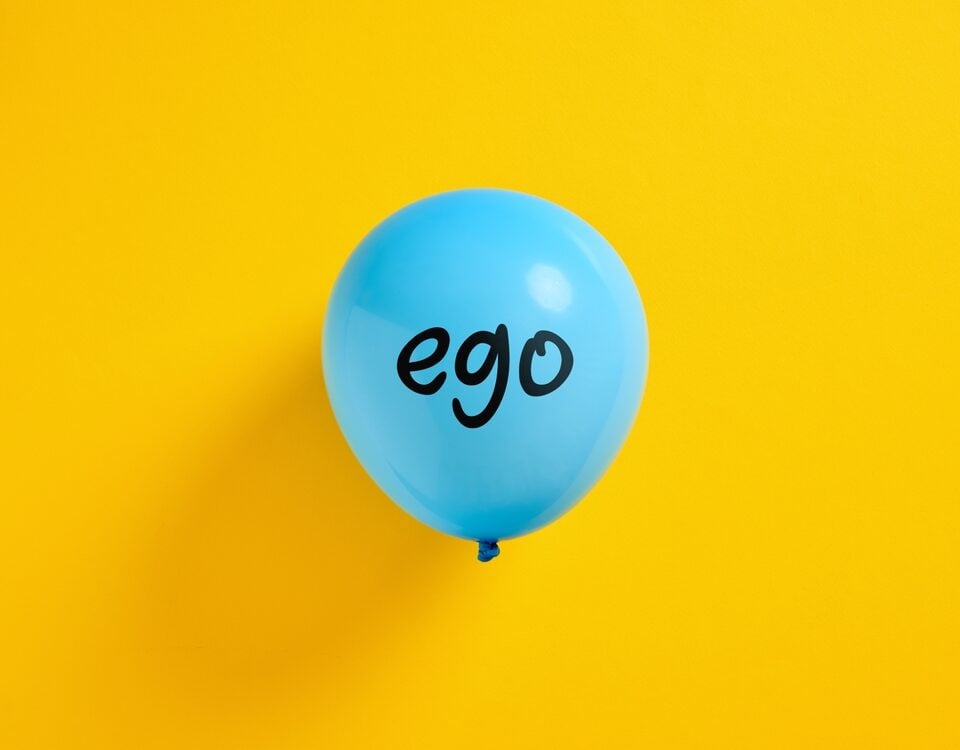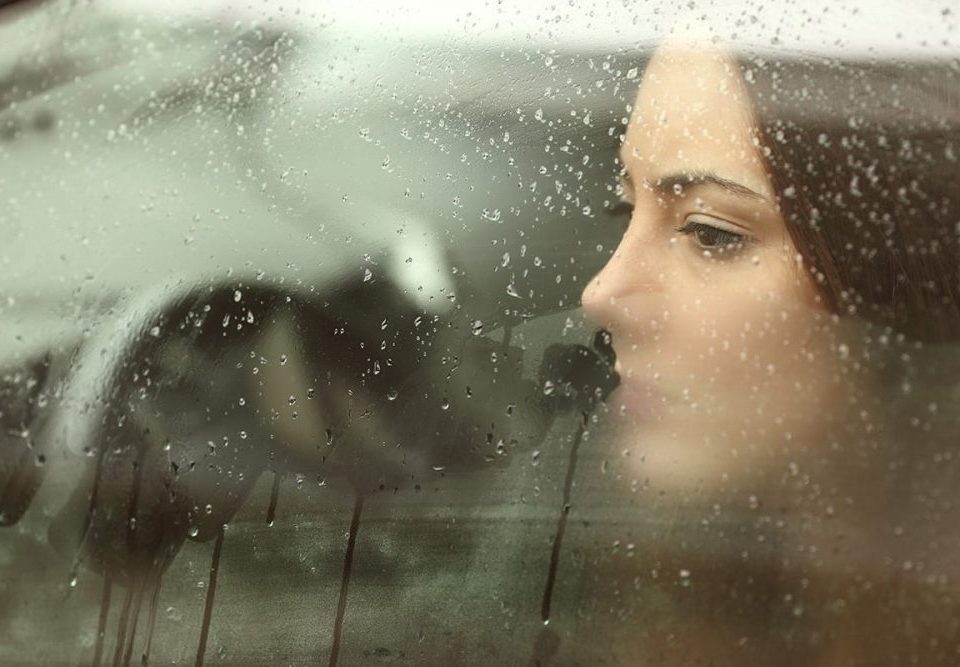In most northern hemisphere areas, wintertime can be tough on moods and mental health overall. For some people, the effects on their mood and mental health continue into spring. Though it’s not common, some states, like Wyoming and Colorado, can experience snowfall until as late as May - even though summer starts the next month. The shorter days and colder temperatures can create a type of depression called Seasonal Affective Disorder, also known as SAD. Though SAD can occur during the summer, it’s more common in the winter. Otherwise referred to as the winter blues and cold weather depression, we wanted to share more about the symptoms of SAD and how to best cope with symptoms.
Does Cold Weather Cause Depression?
While cold weather itself does not cause depression, it can trigger or exacerbate symptoms in individuals who are susceptible to seasonal affective disorder (SAD). SAD is a type of depression that occurs during the winter months when daylight hours are shorter and the weather causes colder and darker conditions.
SAD is believed to be linked to a disruption in the body’s circadian rhythm, which regulates sleep-wake cycles and other physiological functions. The lack of sunlight during winter months can lead to a drop in serotonin, a chemical in the brain that helps regulate mood, appetite, and sleep patterns.
Other factors that can contribute to depression in the winter months include social isolation, holiday stress, and financial strain. People who live in areas with less sunlight, more intense winter conditions, or with a family history of depression are also more likely to experience SAD.
Common signs of cold weather depression or seasonal affective disorder include:
- Changes in appetite or weight.
- Difficulty concentrating or making decisions.
- Fatigue or low energy.
- Feeling depressed most of the day, nearly every day.
- Feeling hopeless, worthless, or guilty.
- Losing interest in activities you once enjoyed.
- Sleeping too much or too little.
- Suicidal thoughts or behaviors.
- Unexplainable physical symptoms, such as headaches or body aches.
- Withdrawing from friends and family.
SAD is related to changes in the seasons, with symptoms typically starting in the fall or winter and improving during the spring or summer. If you or someone knows you are exhibiting signs of seasonal affective disorder, seeking professional mental health care is important. A number of our Banyan rehab locations offer mental health treatment that incorporates various behavioral therapies and support groups to support individuals with disorders like SAD in their recovery.
How to Fend Off Winter Depression
It’s important to address cold weather depression as you would any other mental health disorder because all forms of depression can inhibit a person’s quality of life. SAD can also progress into a more chronic or long-term form of depression, which can further impact the individual’s well-being.
If you’re dealing with depression during winter, here are some seasonal affective disorder tips that can help you cope:
- Plan ahead: Before winter approaches, try to set up some things ahead of time that can help keep you busy during the season. This includes making a schedule that allows time for mood-boosting activities and making plans for time with friends. Also, if you know that there are certain times of the day or days of the week when you especially struggle during the winter, incorporate something into your routine for those times to make them more special. This can be as easy as going to your favorite restaurant or grabbing some coffee.
- Try bright light therapy: Exposure to artificial light can help keep your circadian rhythm on track, and one way to do this is with a light therapy box. Also known as phototherapy boxes, these devices give off light that mimics sunshine, which can help you manage your SAD symptoms.
- Use dawn simulators: Dawn simulators can also help people with SAD. These are alarm clocks that produce light that gradually increases with intensity, mimicking the sunrise. The best ones use spectrum light, which is closest to natural sunlight. This device can also help keep your circadian rhythm on track.
- Go outside: As cold and intense as the winter months can be, don’t neglect to be outdoors. Try to spend at least 30 minutes or longer spending intentional time outside. Go for a walk, get a part-time job as a dog walker, spend time with friends, eat outside at a coffee shop, and read a book. The possibilities are endless.
Seasonal Affective Disorder Treatment
As we previously mentioned, SAD can progress into a more serious mental health disorder if left untreated. Additionally, in the short period when it does occur, it can contribute to harmful behaviors – such as substance abuse – which can have lasting effects.
If you or someone you care about is battling SAD or any other form of depression, our Banyan mental health program can help. Through the use of evidence-based modalities like cognitive behavioral therapy (CBT), we help clients understand their disorders and how to best cope with their symptoms.
Call Banyan Treatment Centers today at 888-280-4763 or send us your contact information to learn more about our mental health and addiction treatment facilities.
Related Reading:




















